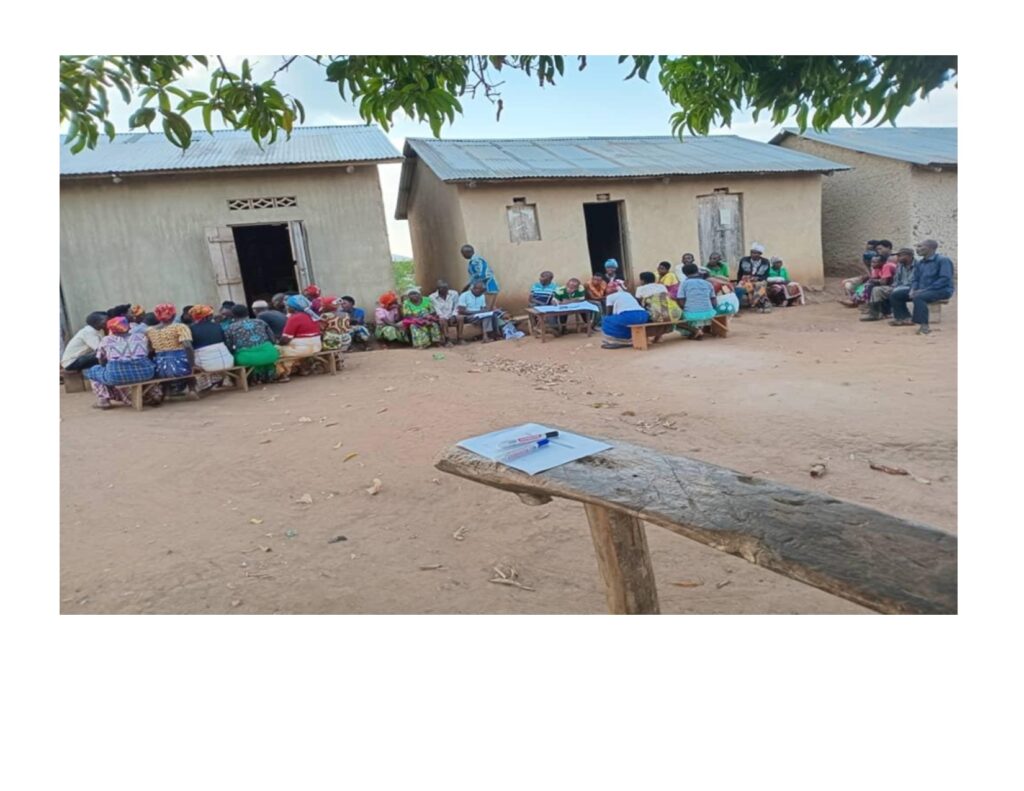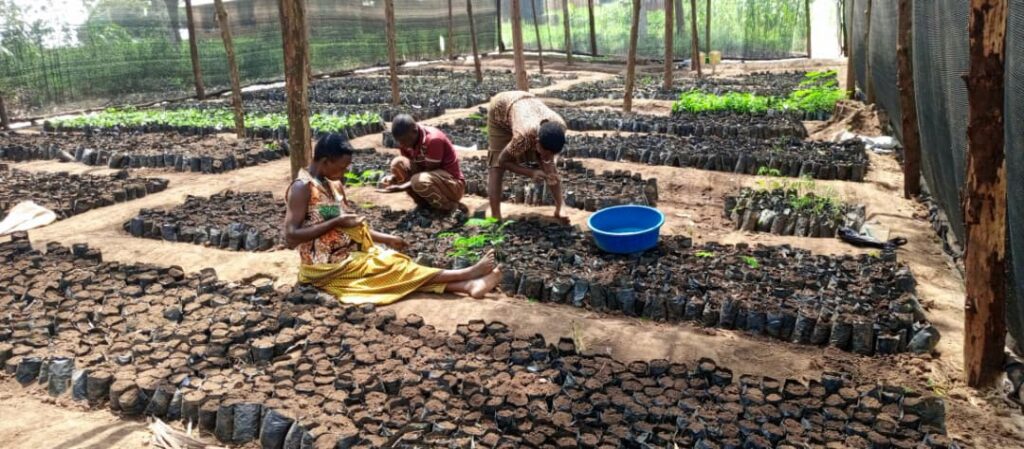The title is “Forest Corridor Restoration and Community Conservation in Kyenjojo District, Uganda”
The goal of this project is to engage local communities in sustainable conservation practices while restoring important forest corridors in Kyenjojo District, Western Uganda. The project established tree nurseries for native species, taught locals sustainable agroforestry practices, installed community-based monitoring systems, and reforested 15 hectares of degraded land that connects fragmented forest patches. The project improved ecosystem services, fostered community stewardship, and conserved biodiversity by addressing habitat fragmentation and establishing sustainable livelihoods.

Conservation Priorities and Project Location:
Kyenjojo District, Western Uganda Conservation Priorities: a) Protection and restoration of forest corridors connecting fragmented forest patches b) Conservation of endemic and threatened species, including the vulnerable Eastern Chimpanzee (Pan troglodytes schweinfurthii) and Grey Crowned Crane (Balearica regulorum) c) Mitigation of human-wildlife conflict through sustainable land-use practices d) Addressing illegal logging and unsustainable harvesting of forest resources e) Strengthening community-based conservation initiatives and environmental governance

Objectives
This project’s overarching objective is to improve biodiversity conservation in Kyenjojo District by restoring forest corridors and implementing community-based conservation programs.
What was achieved
Restored 15 hectares of degraded forest corridors to enhance habitat connectivity and ecosystem services
2. Increased local communities’ ability to adopt sustainable methods for managing natural resources, through better land-use planning, lessen conflict between people and wildlife and encourage coexistence.
4. Created community-based monitoring programs to keep tabs on forest health and biodiversity, and provided opportunities for sustainable livelihoods that complement conservation goals.

